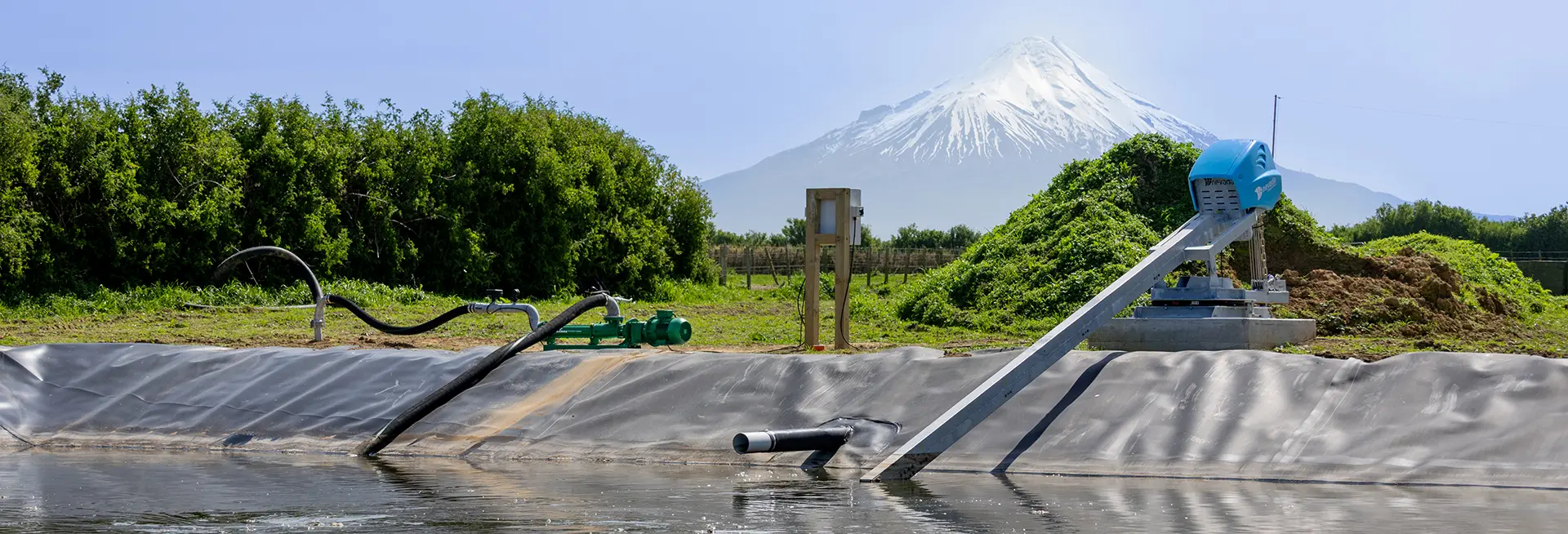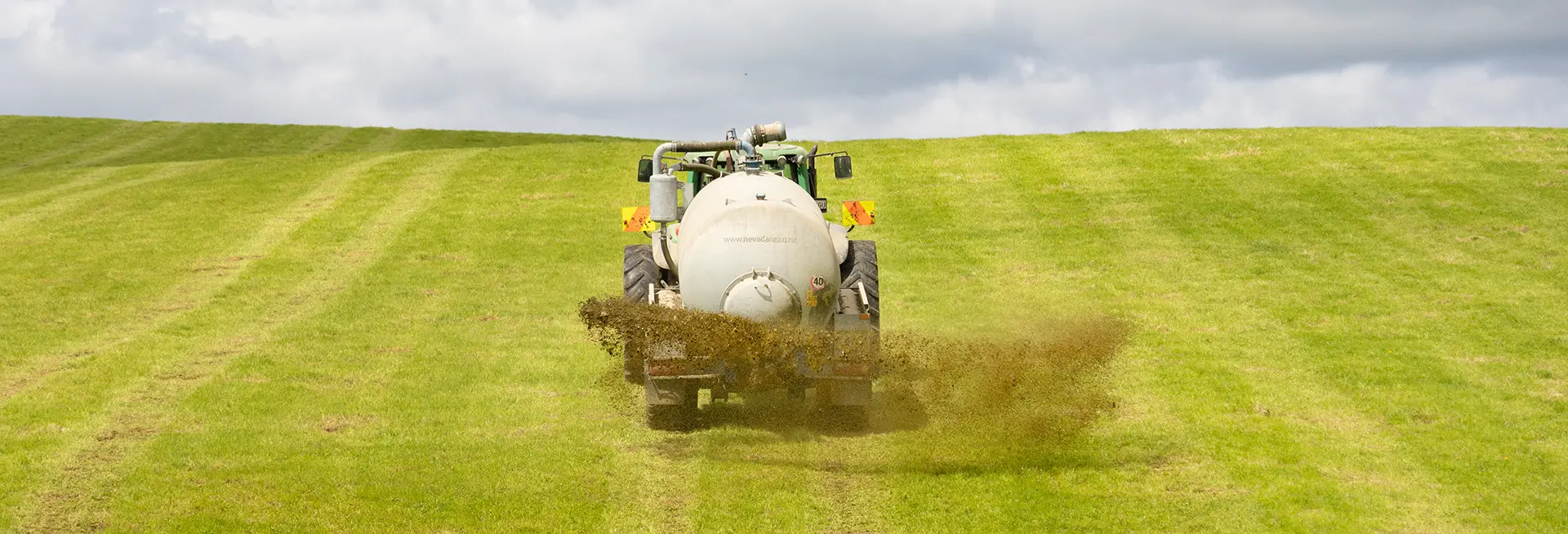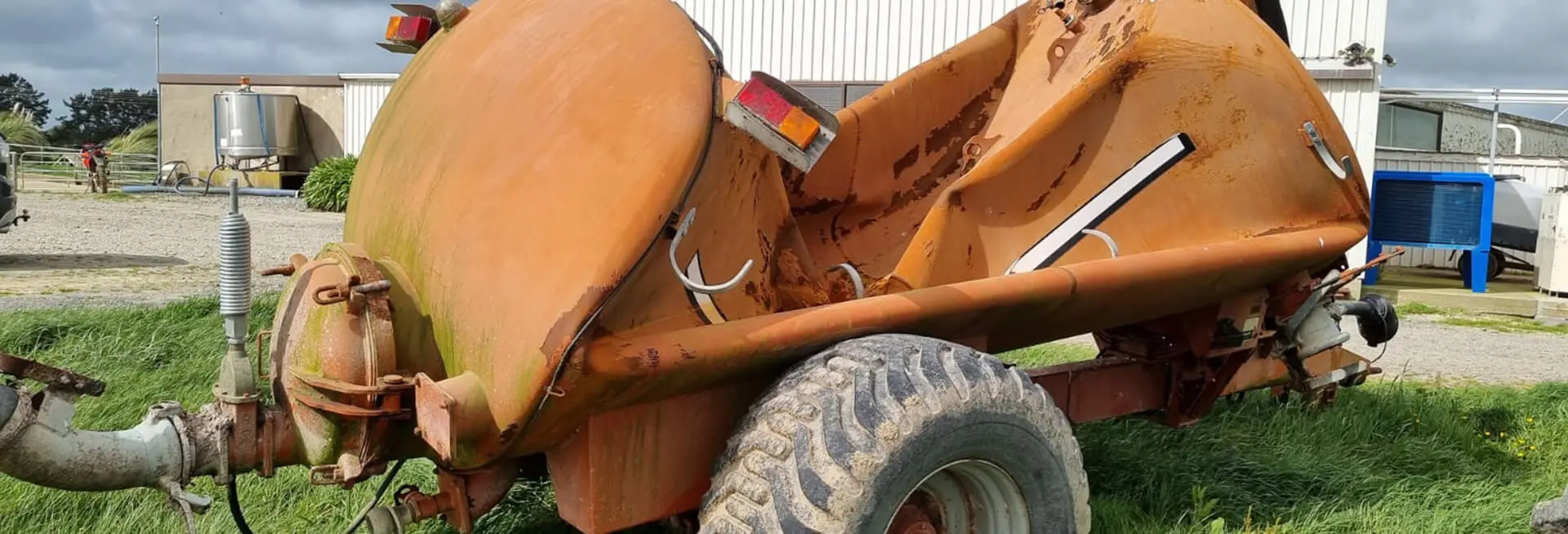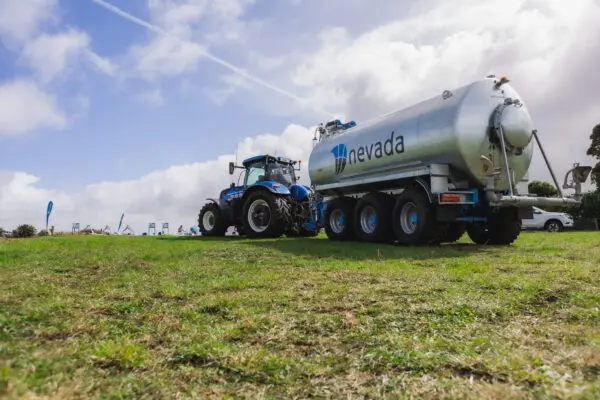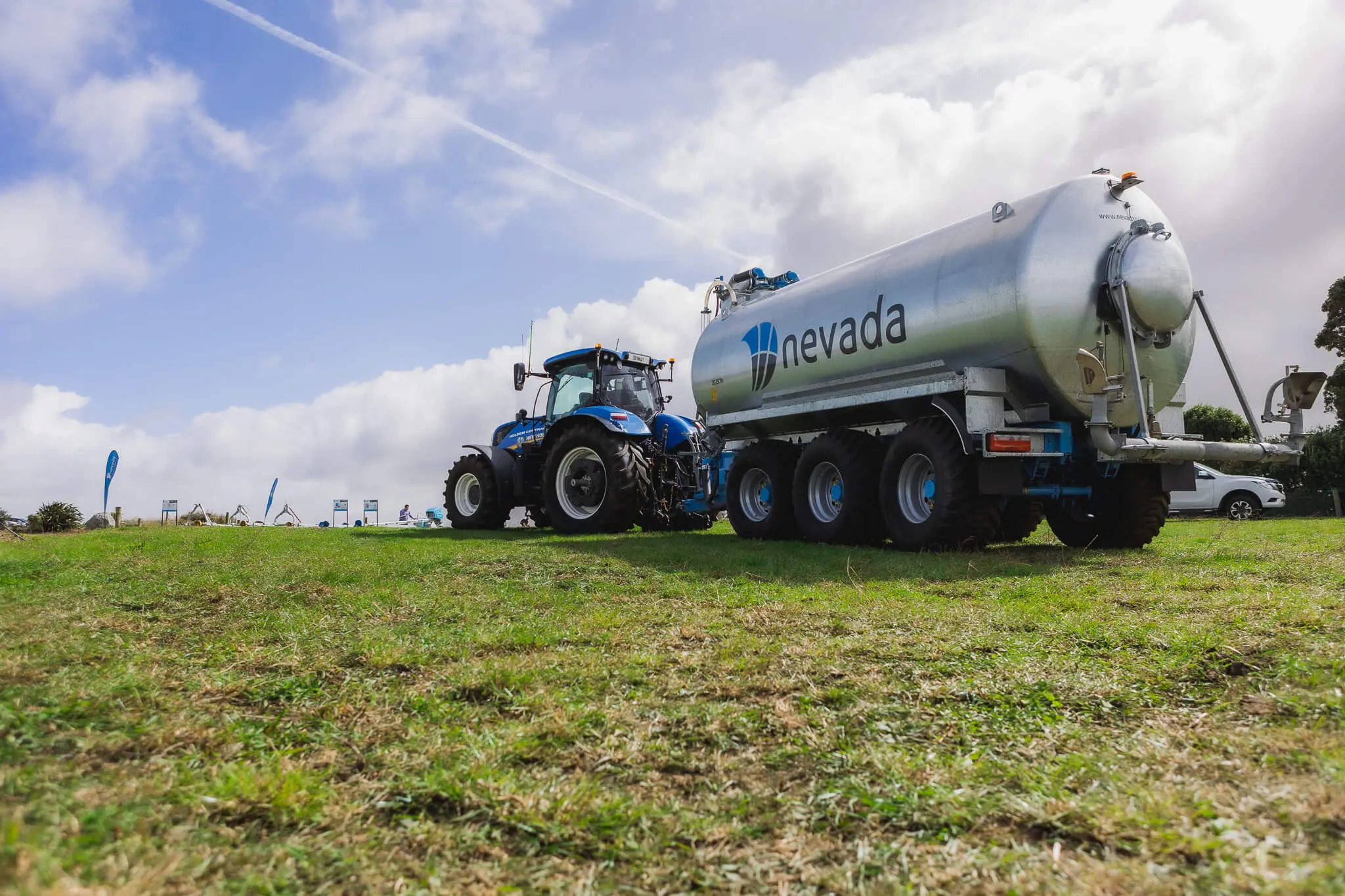In this showdown of dairy effluent storage facilities, let’s take a look at a hypothetical scenario of a dairy farm based in South Taranaki where the size effluent bladder tank required is 500,000 litres. We’ll walk through the differences and benefits of lined ponds, bladder tanks, and above ground tanks that can help improve efficiency. Whether there is a need for an upgrade or a change of effluent system, there are several things to consider when looking at storage types.
Cost Comparison
Cost considerations are an important aspect to consider when looking at the different storage facilities. Costs can vary depending on the type of effluent storage, the amount of storage required, the topography of the farm, the soil type, and where the dairy shed is situated in relation to the storage facility.
Bladder Tank
An effluent grade, European made bladder tank includes freight to the farm, and rolled out on a specified and excavated pad that consists of fine sand and the geotextiles that the bladder sits on. With this scenario of a 500,000 litre bladder tank including the excavation work the cost would be around $65,000.
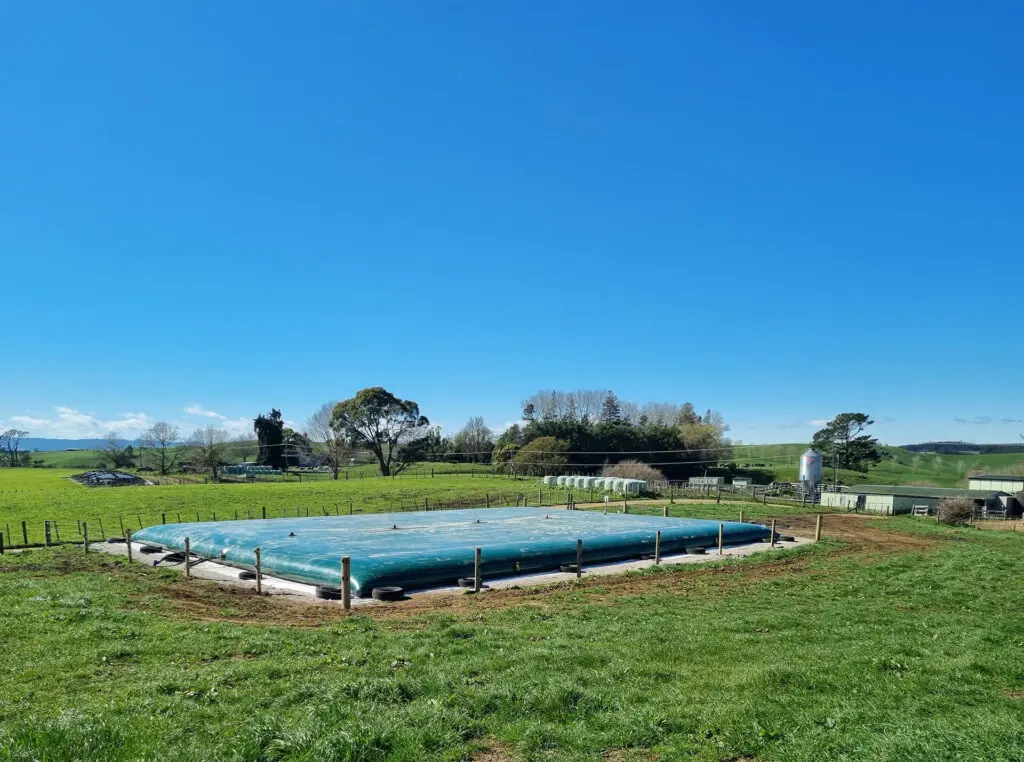
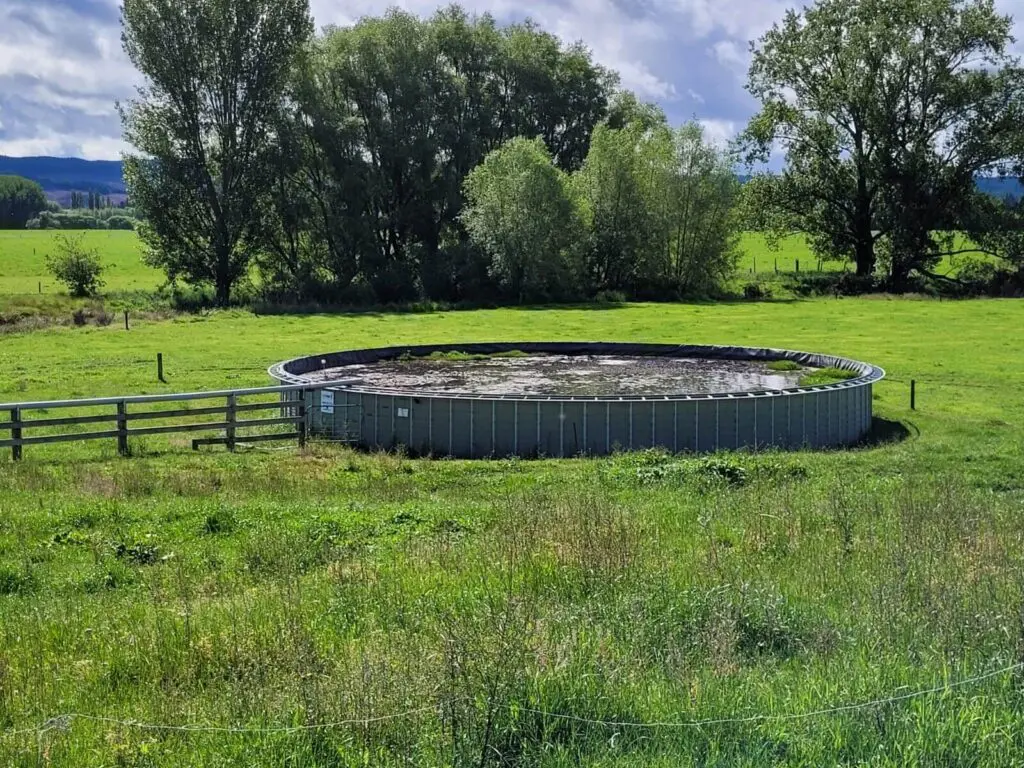
Above Ground Tank
An above ground tank includes a tank that is freighted to the site and installed on a specified excavated pad. The cost also includes building consent. With the requirement of more space due to the open-top storage and rainwater being able to enter it requires a larger capacity. So, for around 900,000 litres the total cost can be around $160,000
Lined Pond
A lined effluent pond includes the cost of excavation of the pond, the lining, and the necessary drainage, gas venting, and geotextiles. The cost can be around $60,000 for a 1 million litre capacity.
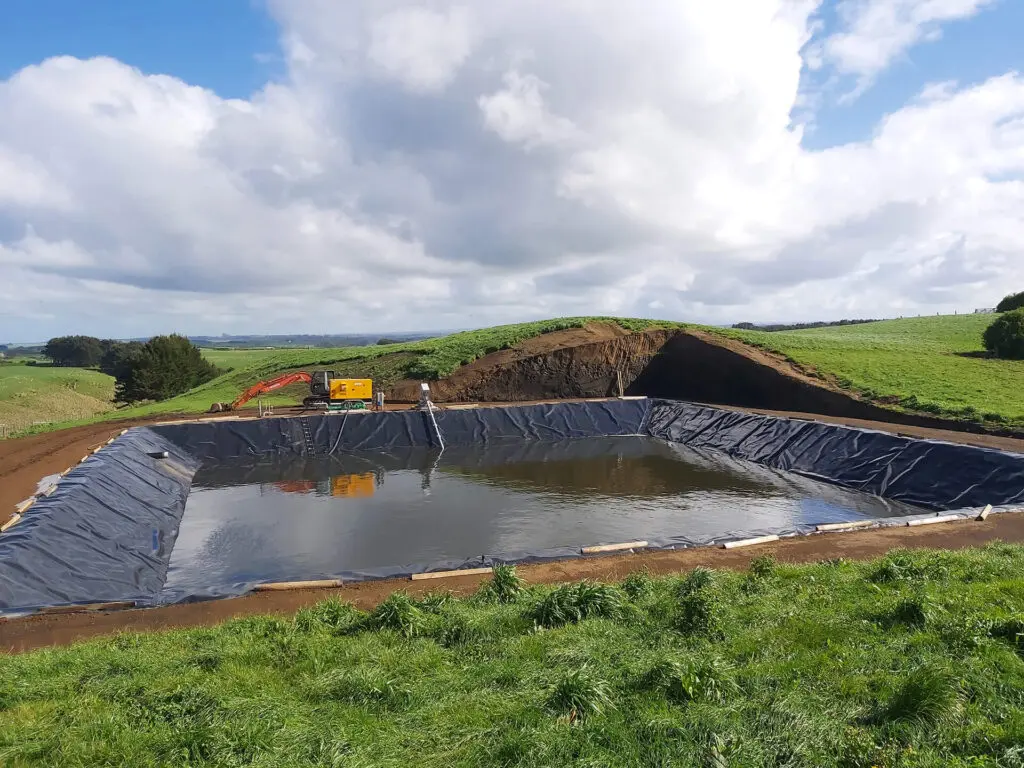
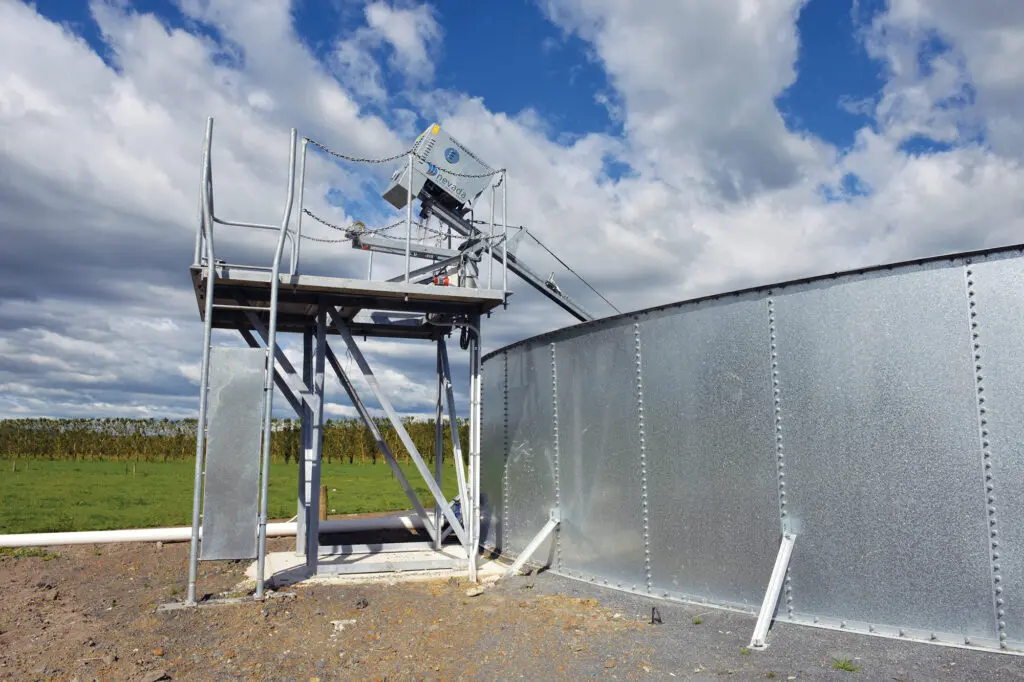
Space Efficiency
An above ground tank is the most space efficient effluent storage option, with the fact it has higher vertical walls, as opposed to the angled walls that restrict the amount of space in a lined pond. When it comes to space efficiency for a bladder tank, as it is fully enclosed it does not need excess room for surface rainwater, which means it has a smaller footprint and creates an overall better more concentrated product to spread.
A bladder tank also has the additional benefit of minimising odour when compared to other effluent storage facility options. If the farm is near a built-up residential area, it can be a valuable advantage to not cause issues with residential neighbours. If the farm has an above ground tank or pond, it will naturally take up a bigger footprint with potential concerns of smell.
It is important to minimise the amount of sand, grit, or heavy solids from reaching the effluent storage to maintain capacity and keep the longevity of the facility. If heavy solids do enter the storage or there is visible crust, it is vital that the effluent is thoroughly mixed. More importantly, consider what is not visible in the storage tank or pond. Solids can build up at the bottom of a storage facility where it is not possible to get a digger to clean it out. It is important to keep sediment up off the ground and mixed for a lined pond and above ground tank, in order to pump it out effectively and maintain space efficiency.
Safety
Safety concerns are a valid reason for choosing a particular type of effluent storage facility. An above ground tank does have the risk of people climbing into the storage or falling over the top, as well as effluent ponds that have had tragic accidents of people falling in. This especially is an issue if there are children on the farm. A bladder tank may be more suitable on the farm for peace of mind, as it offers a completely enclosed option to minimise risk.
Ease of Use
Ease of use is another important factor to consider when choosing between a bladder tank, above ground tank, and a lined pond for effluent storage.
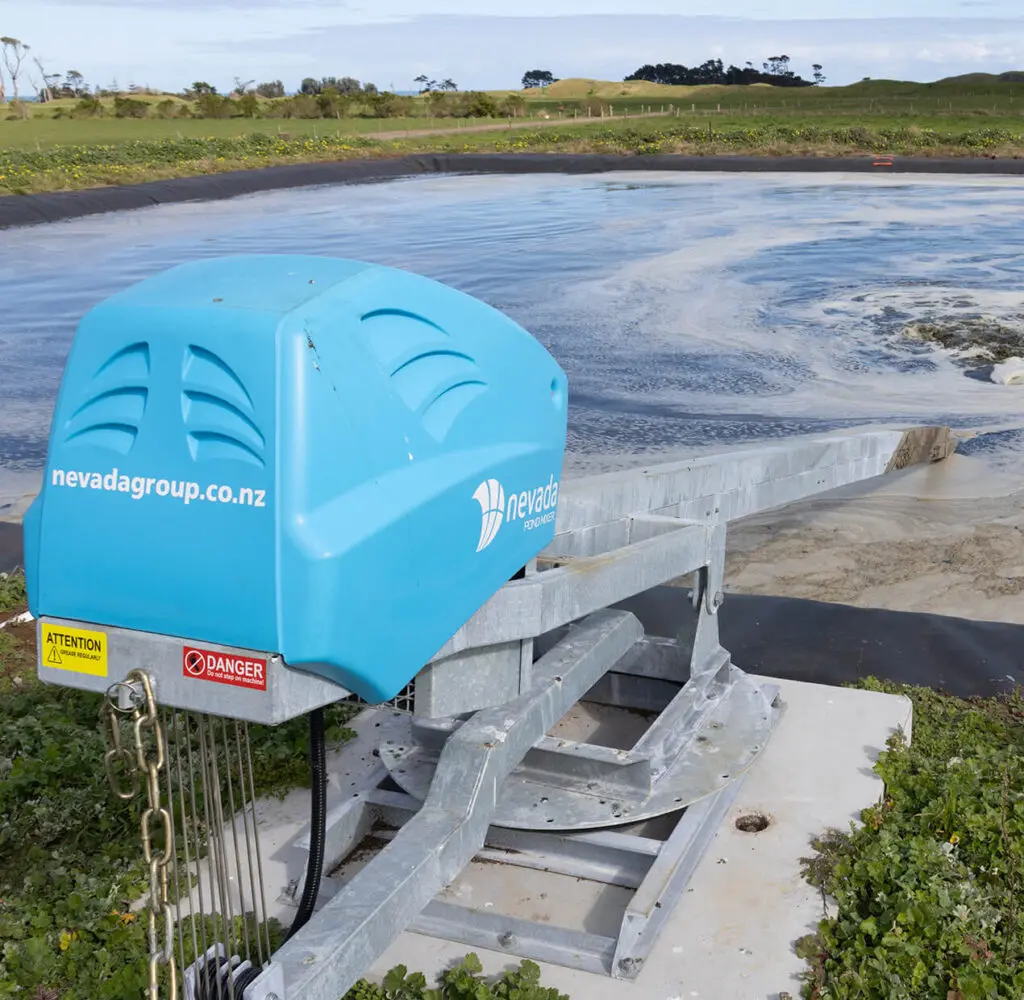
Lined Pond
The advantage of a synthetic lined pond is they are simple. Should the pond show a visible crust, this can be solved with a powerful shore based electric stirrer. It is recommended to utilise a Nevada shore based electric stirrer for ease of use, effectiveness, and maneuverability. It ticks all the boxes to keep the pond in good working order and has no submerged electric motors. Other electric stirrers on the market consist of submersible motors that negatively interact with the effluent, but Nevada equipment ensures the motor is situated onshore where it is away from any liquid or effluent that could cause problems. Should a submersible mixer come loose from a frame assembly, this can cause major issues with pond or above ground tank linings.
Above Ground Tank
An above ground tank offers durability, ease of use, and somewhat simple maintenance. However, it still requires proper stirring to keep it in good working order. There have been attempts to stir effluent storage with stirrers that are not up to date with the latest equipment standards, which can cause buildup of heavy solids on the bottom of the tank. A Nevada above ground tank stirrer is effective in keeping solids in suspension to be easily pumped out to pasture. Again, it’s important not to use a submersible mixer in an above-ground-tank should the mixer rip through the lining.
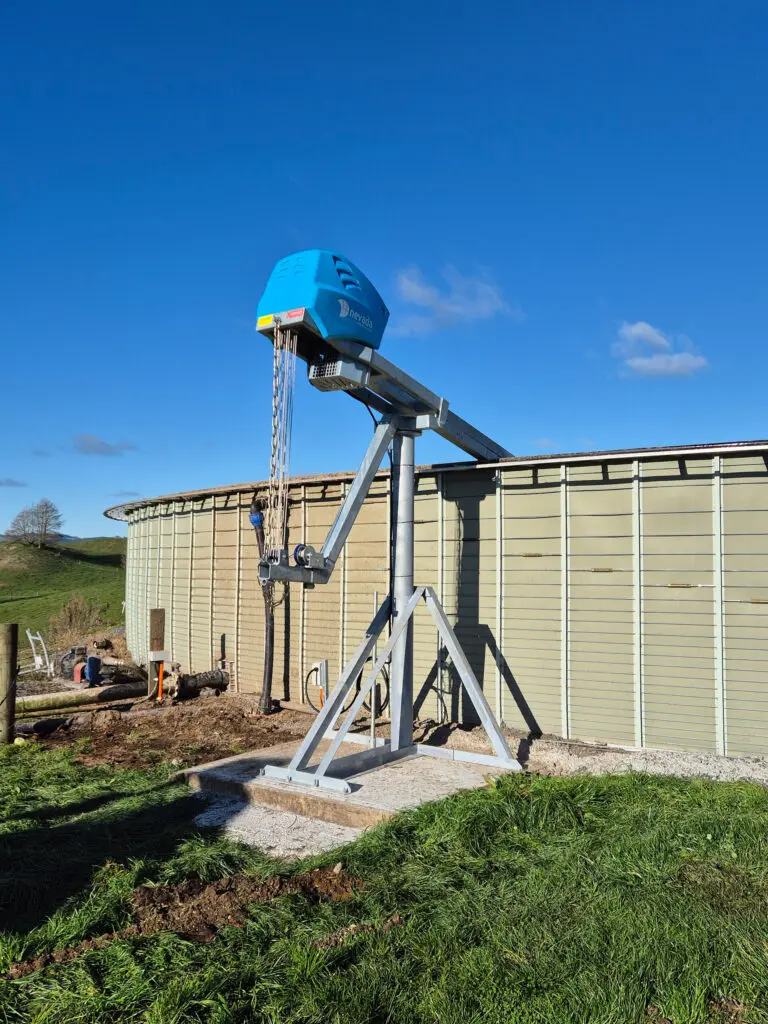
Bladder Tank
With a bladder tank, it is ideal to stop heavy solids before they reach the tank. It is not always the easiest task, which is why stirring a bladder tank is essential. For this approach, it is recommended to use a high capacity pump, which could either be a PTO driven tractor pump or a high volume trash pump, diesel powered or petrol powered trash pump. Utilising a high capacity pump gives it enough volume to properly move the liquid around to get the solids into suspension ready to be pumped to pasture.
Durability
When it comes to durability, double check the warranties of the different brands and product types. For a lined pond, it can last for many years and is flexible with any earth movement, such as an earthquake. Above ground tanks are not considered to be good with earth movement such as the ground slumping or earthquakes and should not be considered if the farm is known to experience earthquakes.
A bladder tank can manage earthquakes but cannot withstand contact with other equipment. The same goes for above ground tanks when it comes to equipment. There should be no tractors or pieces of machinery that come in contact with the effluent storage facilities in order to maintain durability.
Site Suitability
Site suitability plays an important factor when considering which type of effluent storage facility is right for the farm. Site suitability can be determined on how high the rainfall is in the area and the soil type. For a lined pond in a high-water table area, the excavation costs can increase quite dramatically with the need to build the facility above the ground.
A bladder tank may take less excavation work, but it’s important to minimise the amount of solids going into a bladder. A bladder is fine to be built on most soil types and is not affected by a high-water table. Above ground tanks can be built on most soil types, but important the base doesn’t slump and cause the tank to become lopsided.
If the dairy shed was to move locations or the storage facility needs to be shifted, a bladder tank has the most flexibility. All it would require is a new pad and relocation of the bladder tank. An above ground tank is not easily relocated, and a lined pond will be impossible.
Want to learn more about effluent storage?
Talk to our team to find the suitable choice for your farm to maximise potential and optimise effluent management.
